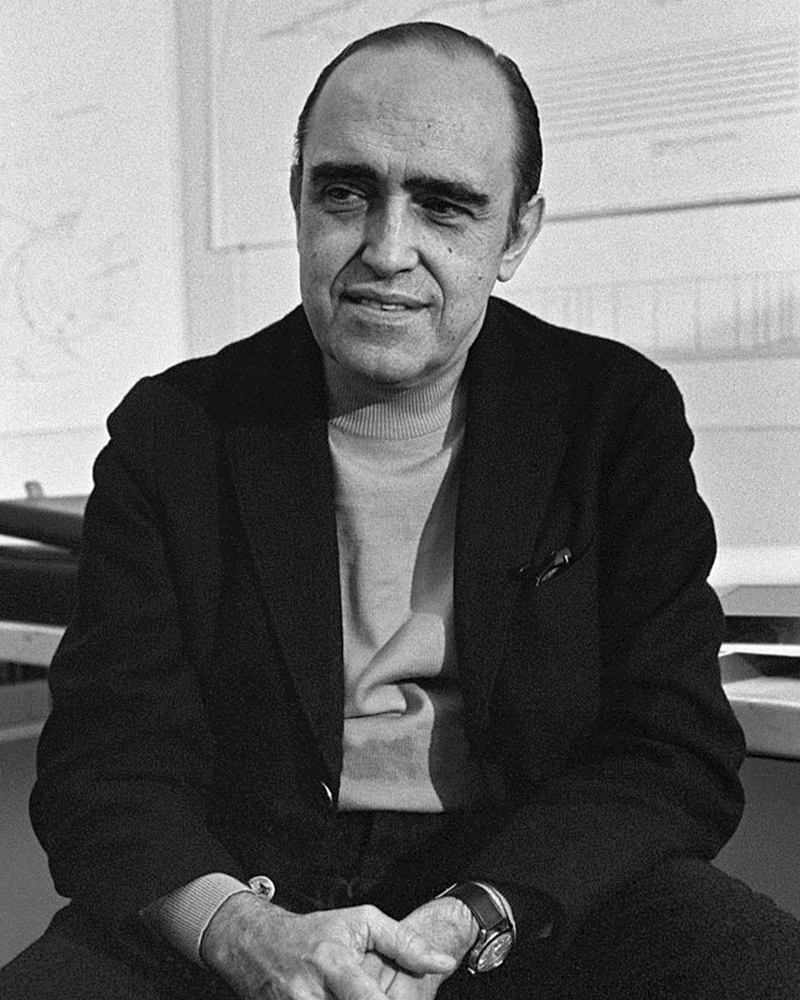Side Gallery
Side Gallery
WishlistFollow
Follow

Oscar Niemeyer (Rio de Janeiro RJ 1907 - Rio de Janeiro RJ 2012) was one of the greatest Brazillian architects and urbanists. He is celebrated in Brazil and across the world for his extraordinary work. Niemeyer may be known for his acclaimed architecture, but his lesser-known qualities are his relentless desire to design and his determination to resist conformity.
Niemeyer graduated in architecture from the National School of Fine Arts (Enba), in Rio de Janeiro, in 1934. That same year, he worked for the architect and urban planner Lucio Costa (1902-1998). In 1936, the office was commissioned to create plans for the Ministry of Education and Health (MES), in Rio de Janeiro, under the supervision of the French-Swiss architect Le Corbusier(1887-1965), whom Niemeyer assisted, as a draftsman. Based on the architect's design, Niemeyer suggested changes that were consequently implemented into the construction of the building. Between 1940 and 1944, at the request of mayor Belo Horizonte, Juscelino Kubitschek (1902-1976), Niemeyer designed the Pampulha Architectural Ensemble, which is considered a landmark of his work. It breaks with the strict concepts of functionalism, using a new language of forms, curved surfaces, and explores the possibilities of reinforced concrete. In 1947, he was invited by the United Nations (UN) to participate in the commission of architects in charge of outlining the plans for New York's future headquarters. His plans, conceptualized by Le Corbusier, were chosen as the basis for the final project.
In Rio de Janeiro, in 1955, he founded the magazine Módulo. The President of the Republic, Juscelino Kubitschek, invited Niemeyer to collaborate on Lucio Costa's urban design of the new capital of Brazil, Brasília, the following year. In 1958, he was appointed chief architect of Brasília, where he transferred to and remained until 1960. Some of Niemeyer's more notable projects are Ibirapuera Park, São Paulo, 1951, the headquarters of the French Communist Party, Paris, 1965 Algiers School of Architecture, Algeria, 1968 the headquarters of Editora Mondadori, Milan, Italy, 1968 and the headquarters of the newspaper L'Humanité, Saint-Denis, France, 1987.
ENQUIRE ABOUT THE DESIGNER